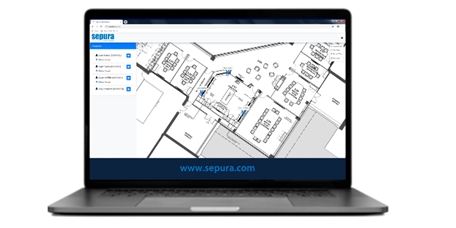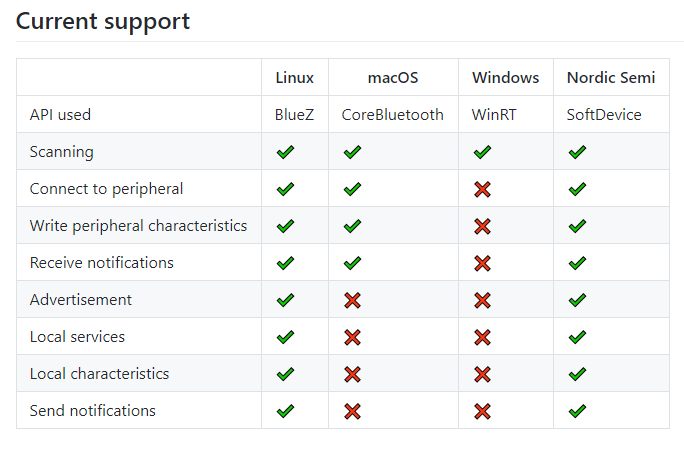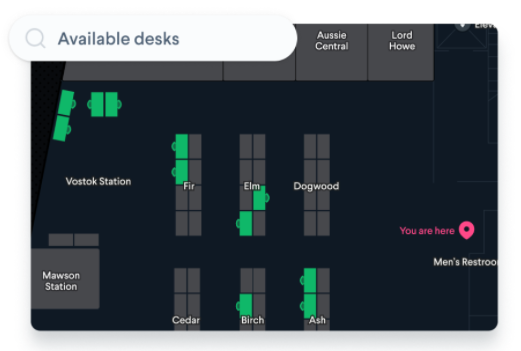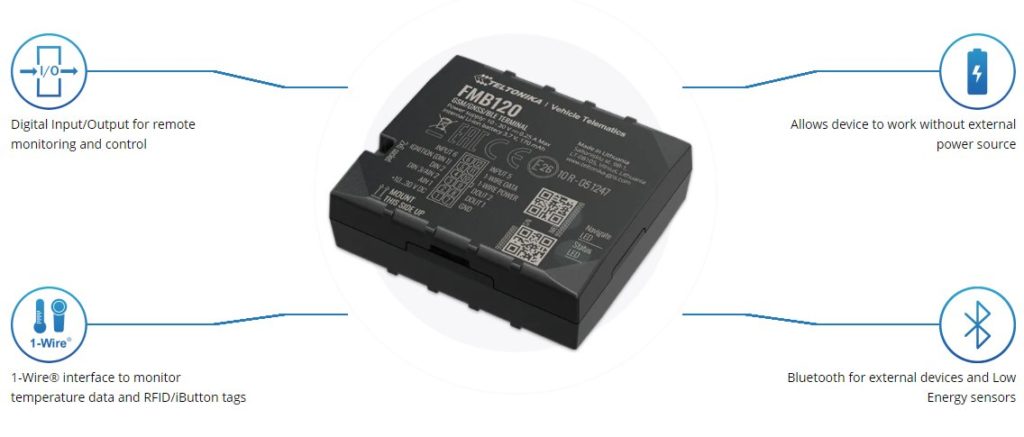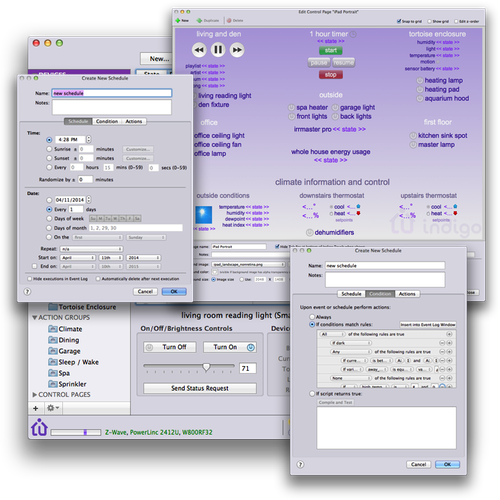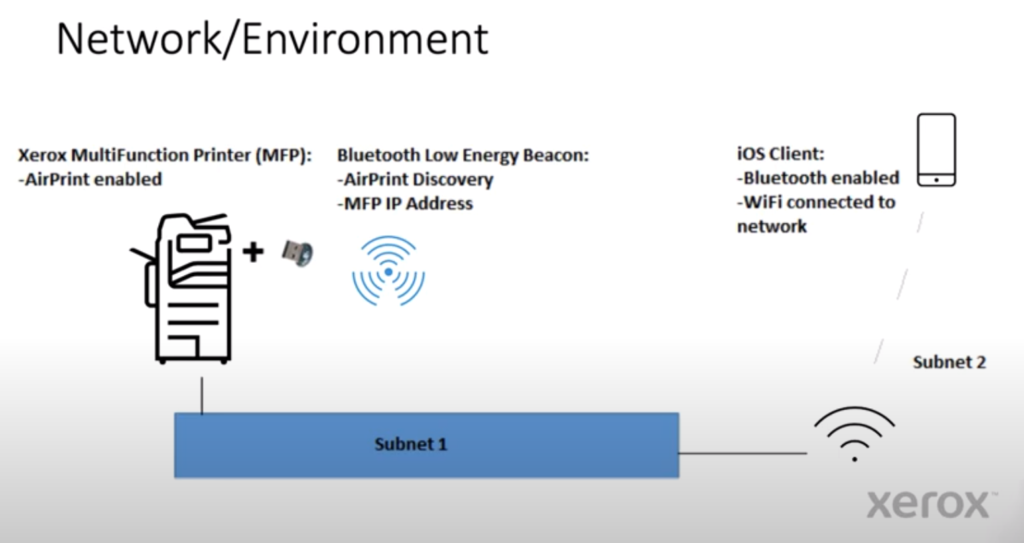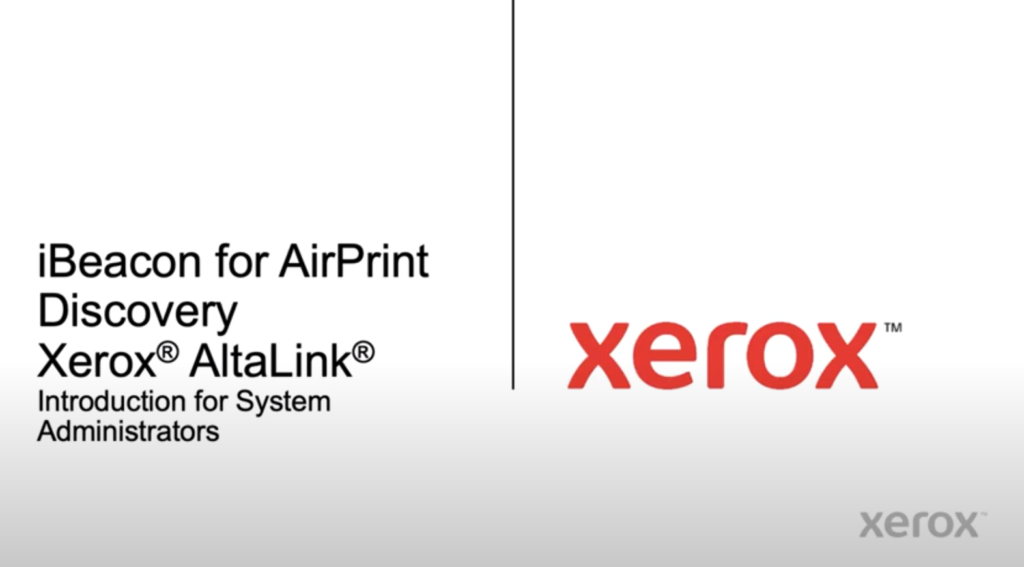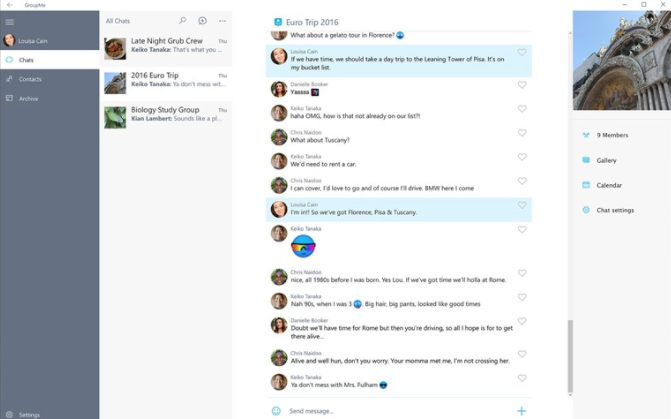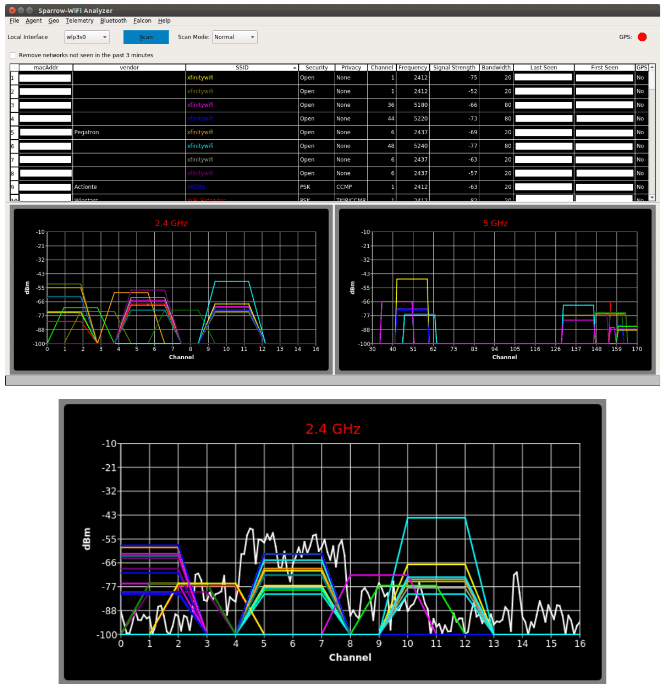Fulham Palace and Norwegian National Museum have recently starting using Bluetooth beacons.

Fulham Palace is using iBeacon with visitor guides. The Covid pandemic has accelerated the trend for iBeacon driven visitor guides. Using visitors’ own devices rather venue-supplied devices removes concerns regarding decontaminating shared devices. Smartphone driven guides also tend to be more interactive and allow visitors to continue to engage with content and venues after they have left the visitor space.
Norwegian National Museum is using beacons to detect the location of museum staff. Staff carry SC21 TETRA hand held radios detect beacons and upload data back to a control room.
